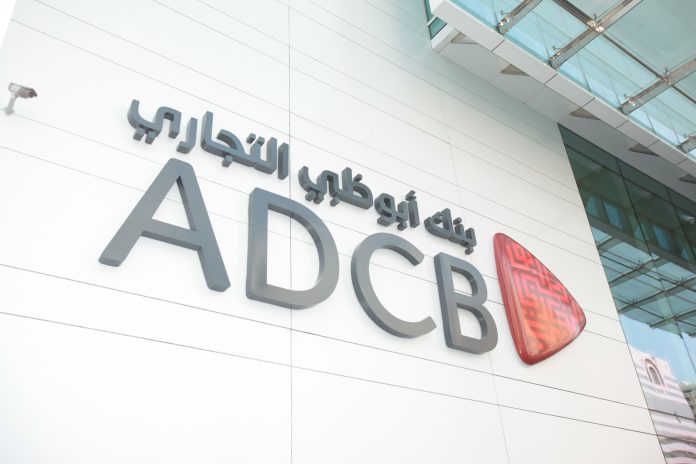Abu Dhabi Commercial Bank (ADCB) has introduced the Mastercard Carbon Calculator, an innovative tool that supports the sustainability ambitions of businesses by providing data on the estimated carbon footprint of their corporate expenditure using the bank’s corporate cards.
ADCB is partnering with customers on their transition to a net zero economy by expanding its suite of green products and services.
Developed by Mastercard, together with the Swedish fintech company Doconomy, the Carbon Calculator informs customers about the estimated carbon footprint of their purchases. The tool estimates the environmental impact of each purchase using a weighted calculation, powered by the independently verified Doconomy Åland Index.
“ADCB has adopted an enhanced climate strategy, aligned with the UAE’s ambition for an inclusive, net-zero economy. At the core of our approach is a commitment to support our customers in their path to a successful transition,” said Mohammed Al Jayyash, Group Chief Operations Officer at ADCB.
“We are proud to offer our corporate clients the Carbon Calculator, in partnership with Mastercard, which will help in the measurement of environmental impacts and facilitate sustainable decision-making.”
The ADCB Mastercard Carbon Calculator was officially launched by Mohammed Al Jayyash, Group Chief Operations Officer at ADCB, and Khalid Elgibali, Division President, of Middle East and North Africa, Mastercard, at the COP28 global climate conference in the UAE.
ADCB also joined Mastercard’s Priceless Planet Coalition, a global initiative guided by restoration partners Conservation International and World Resources Institute that unites citizens, businesses and banks to contribute to the fight against climate change to restore 100 million trees.
The initiative aligns with the UAE’s ambition towards net zero emissions by 2050 as well as global sustainability goals. It comes at a crucial time when both public and private sector entities are ramping up their efforts to reduce their carbon footprints.




